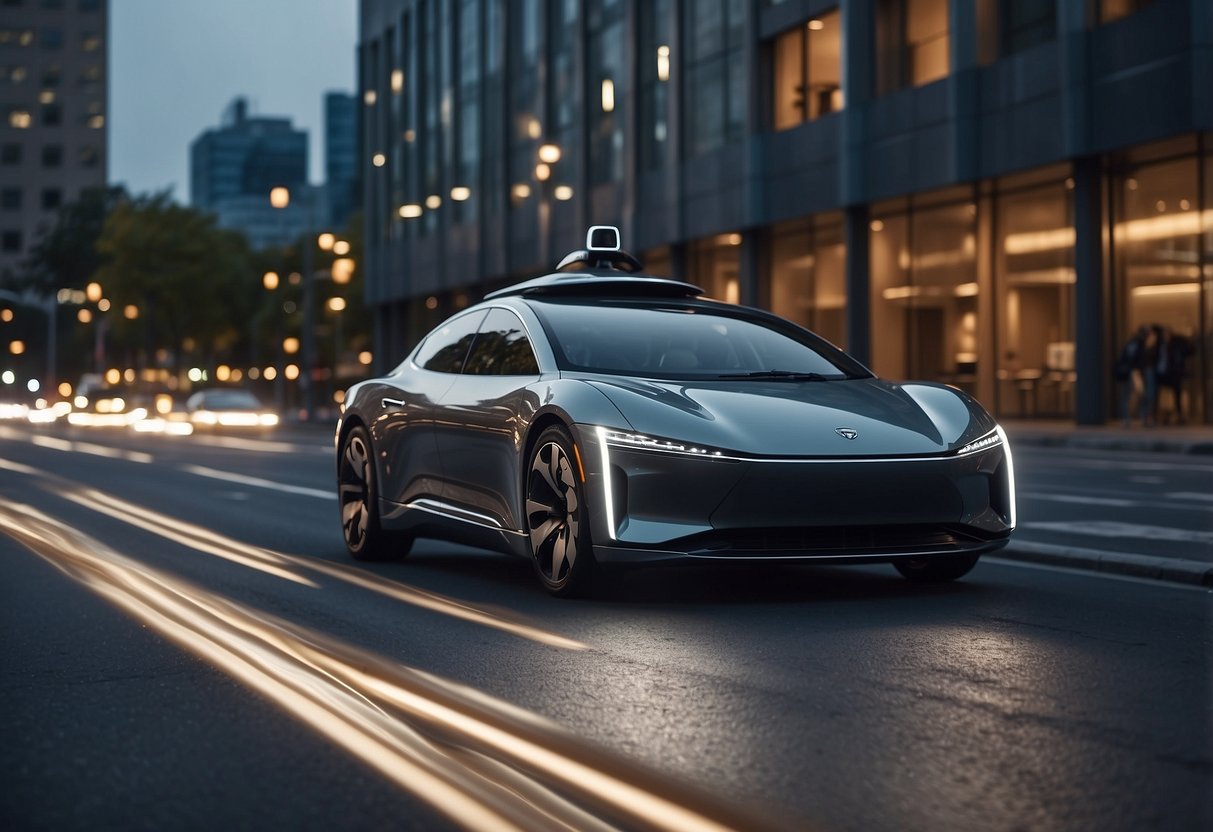
Connectivity and AI
Artificial Intelligence significantly enhances connectivity in modern vehicles by facilitating seamless communication and integration with various networks. It drives efficiency in vehicle communication protocols and contributes to a comprehensive connected mobility ecosystem.
Vehicle-to-Everything (V2X) Communication
Vehicle-to-Everything (V2X) communication is a technology that allows vehicles to communicate with each other and with surrounding infrastructure. This system depends heavily on AI to process large volumes of data in real time, enabling quick decision-making. Vehicles can share crucial information such as traffic conditions, road hazards, and optimal routes. AI ensures that this data is analyzed accurately and actions are taken without delay to improve safety and efficiency on the roads. High-speed connectivity and advanced algorithms are essential for the reliability of V2X communication.
Connected Mobility Ecosystem
The connected mobility ecosystem integrates various components like vehicles, smartphones, and infrastructure into a cohesive network. AI plays a vital role in managing and optimizing these connections. By analyzing data from multiple sources, AI can enhance route planning, predict maintenance needs, and support autonomous driving. This network relies on continuous data exchange to provide real-time updates and improve user experience. The seamlessness of these interactions results from the sophisticated AI systems that manage the data and ensure the smooth operation of connected devices.
Data Analytics and AI in Vehicles
Data analytics and Artificial Intelligence (AI) facilitate advanced functionalities in modern vehicles such as real-time traffic updates and driver behavior analysis. These capabilities are enhancing both the efficiency and safety of transport systems.
Real-Time Traffic and Navigation Updates
AI-powered systems in vehicles collect and analyze vast amounts of data from various sources like GPS, traffic cameras, and user sensors. This data enables real-time updates on traffic conditions. Drivers receive alternate route suggestions and anticipated arrival times.
Integration with cloud-based platforms ensures that navigation systems are continually updated. This connectivity helps in avoiding traffic jams, identifying road hazards, and optimizing travel routes. Such systems significantly reduce travel time and improve fuel consumption efficiency.
Driver Behavior Analysis
Utilizing AI, vehicles can monitor and analyze driver behavior. This includes tracking steering patterns, speed, braking habits, and even driver attentiveness. AI models assess this data to identify risky behaviors and offer corrective suggestions.
In some advanced systems, alerts are provided for fatigue or distraction, potentially preventing accidents. Insurance companies also use this behavioral data to offer personalized premiums.Continual analysis of driver behavior helps in tailoring services and improving road safety.



